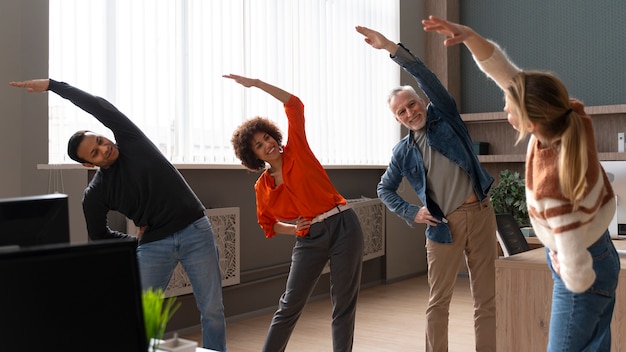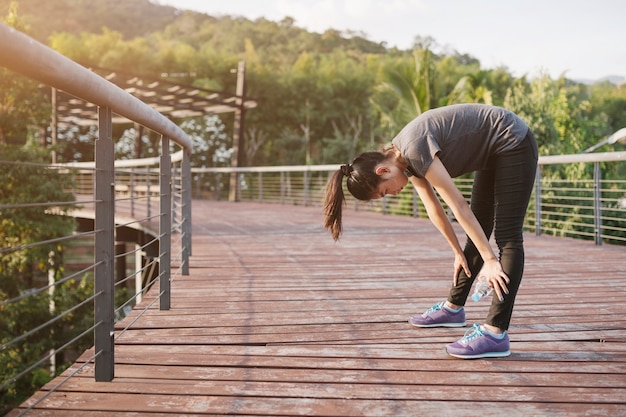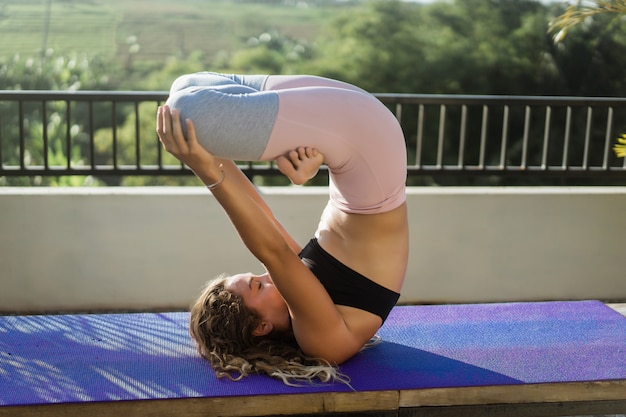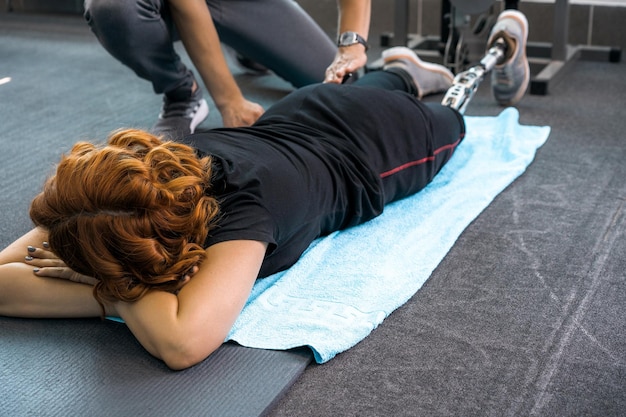Running and walking are among the most accessible forms of physical activity, requiring little more than a pair of shoes. But to truly excel and stay injury-free, flexibility plays a crucial role. The good news? You don’t need expensive gear or a gym membership to improve your range of motion. With just your body and a little consistency, you can enhance flexibility, prevent strain, and elevate your endurance.
Flexibility allows muscles and joints to move through their full range of motion. For runners and walkers, this translates to smoother strides, reduced risk of injury, and improved posture. Tight hamstrings, hip flexors, or calves can lead to inefficient form and discomfort over time. The following eight actionable, equipment-light tips will help you increase flexibility with measurable progress—no machines required.

Start each run or walk with 5–10 minutes of dynamic movements. Unlike static stretching, dynamic warm-ups prepare your muscles for activity by increasing blood flow and mobility.
Progress Check: Track how fluid your movements feel week over week. Reduced stiffness and increased stride length indicate improvement.
After your run or walk, spend 10 minutes on static stretches targeting major muscle groups. Hold each stretch for 20–30 seconds without bouncing.
Progress Check: Measure how close you can reach toward your toes in a seated forward bend. Record weekly improvements in distance or comfort.

Walking lunges boost leg strength and hip mobility. Add a torso twist to engage the core and improve spinal flexibility.
Step forward into a lunge and, as you lower, twist your upper body toward the front leg. Alternate sides for 10 reps per leg.
Progress Check: Note how deep you can lunge and how comfortably you rotate. Increased depth and reduced wobble signal gains.
Dedicate 5–10 minutes daily to mobility work, even on rest days. Focus on joints prone to stiffness: hips, ankles, and shoulders.
Progress Check: Monitor your ability to perform a deep squat with heels flat. Improved ankle and hip mobility will make this easier over time.
Stairs are excellent tools for building lower leg strength and flexibility. Perform slow, controlled calf raises on a step to stretch and strengthen the Achilles and calves.
Do 3 sets of 15 reps, allowing your heels to dip below step level on the descent. Add step-ups (10 per leg) to improve hip and knee mobility.
Progress Check: Track reduced calf tightness after runs. You should notice fewer cramps and better push-off power.
Yoga enhances flexibility, balance, and breath control—ideal complements to running and walking. End your routine with simple poses:
Progress Check: Rate your post-run comfort on a scale of 1–10 weekly. Consistent yoga practice should raise your average score.

While a foam roller is ideal, you can use a tennis ball, PVC pipe, or even a rolled towel to release muscle tension. Focus on tight spots like calves, quads, and glutes.
Spend 1–2 minutes per area, rolling slowly and pausing on tender spots for 20–30 seconds.
Progress Check: Record how tender each area feels before and after rolling. Reduced sensitivity indicates improved muscle pliability.
Mindful walking improves gait efficiency and flexibility. Focus on posture: stand tall, engage your core, and allow arms to swing naturally.
Try walking backward for 1–2 minutes (in a safe area) to activate underused muscles and improve ankle mobility.
Progress Check: Use a mirror or video to assess your posture weekly. Look for reduced forward lean and smoother arm swing.
Flexibility isn’t just for gymnasts—it’s a cornerstone of sustainable running and walking. These eight equipment-light strategies are simple, effective, and easy to integrate into your routine. The key is consistency and tracking progress. Over time, you’ll notice fewer aches, better performance, and a more enjoyable experience with every step you take.
Start today. Your future self will thank you with every pain-free mile.

Fitness

Fitness

Fitness

Fitness

Wellness

Wellness

Fitness

Fitness

Fitness

Fitness

Fitness

Fitness

Health

Fitness

Health

Health